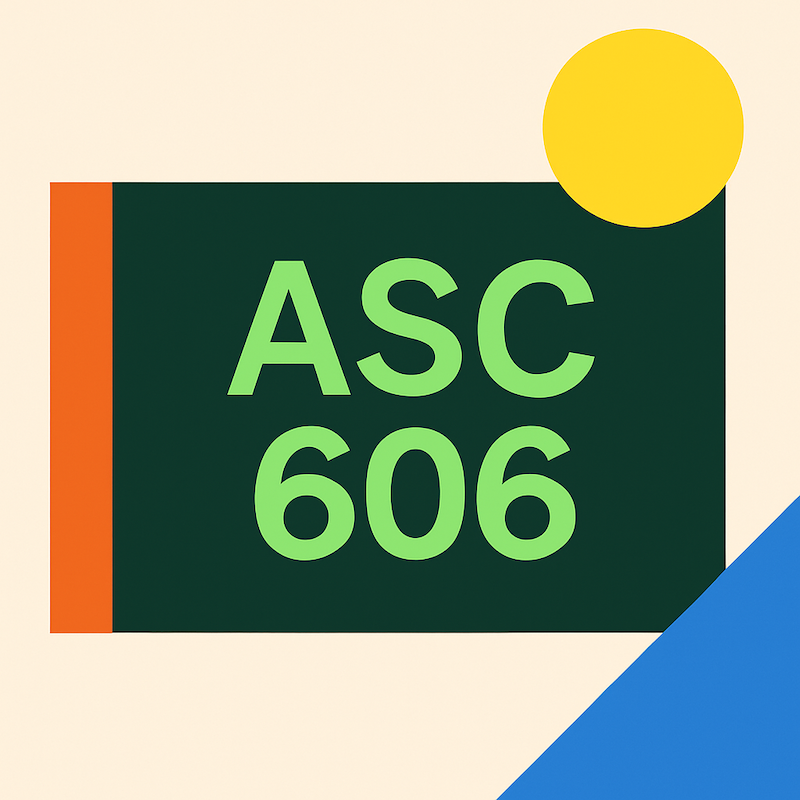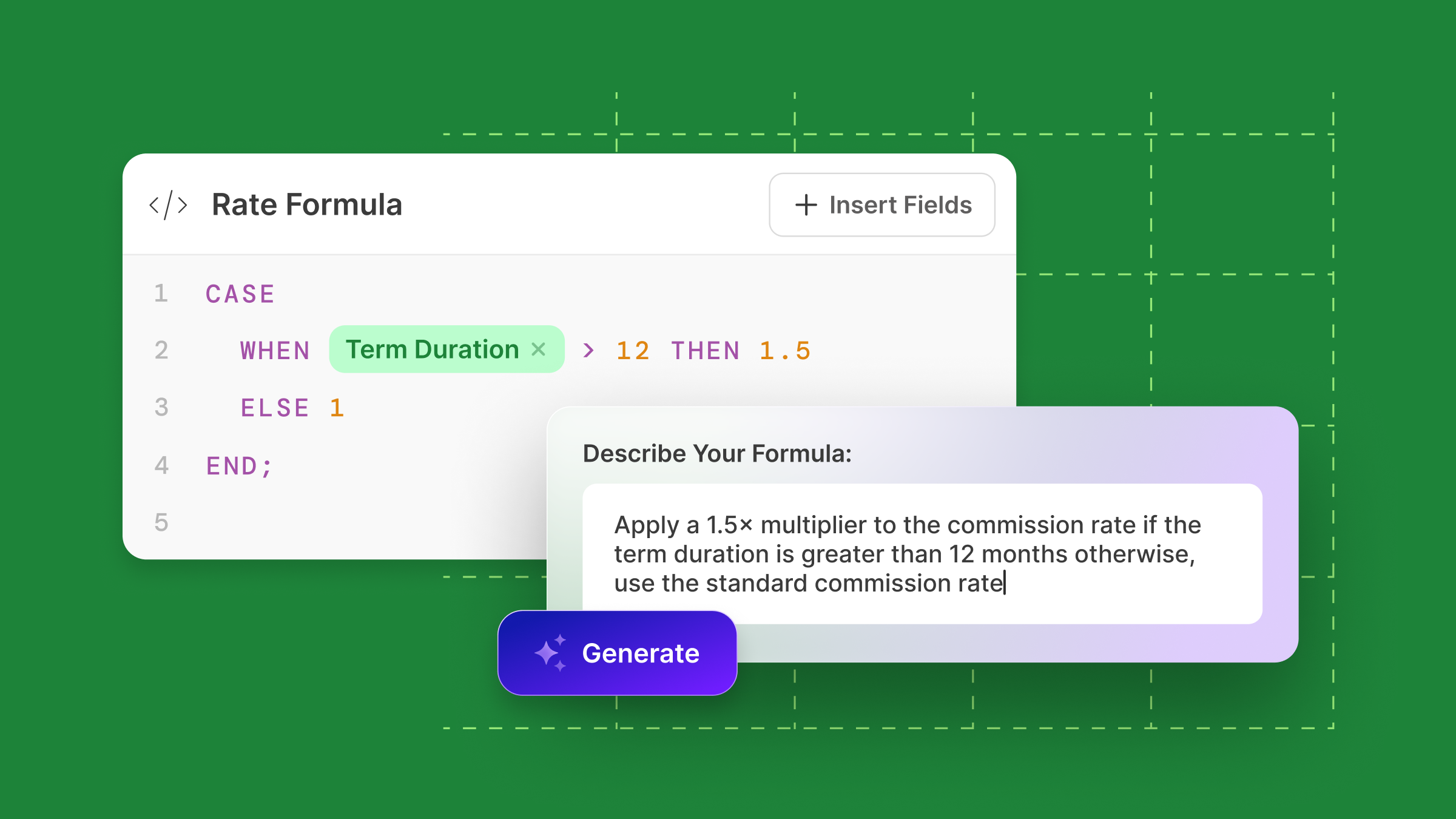Accurate commission accounting and compliance aren’t just back-office tasks. They’re critical for financial health, investor confidence, and avoiding costly compliance penalties. SaaS revenue recognition rules require that revenue be recognized over time, and contracts often span multiple years, making the stakes even higher.
Missteps in commission treatment can ripple into misstated earnings, delayed closings, and audit issues.
That’s why SaaS commission accounting introduces unique complexities when compared to other industries. Subscription revenue models, multi-year agreements, churn, and mid-term contract changes all require finance teams to adjust how they recognize revenue and amortize commission expenses on a continuous basis.
What Makes Saas Commission Accounting Complex
For instance, under ASC 606 revenue recognition, commissions must be allocated over the service period. This rule can create major challenges when contracts shift midstream.
Plus, SaaS contracts rarely stay static.
Customers frequently upgrade to higher tiers, downgrade to smaller packages, or churn altogether. Each of these events forces finance teams to revisit their schedules for revenue recognition and deferred commission accounting.
For example, if a customer upgrades their license mid-year, increasing ARR, finance must adjust the capitalized commissions linked to that contract. That means updating the amortization schedule, reallocating payouts, and ensuring the changes align with GAAP, all while keeping the books audit-ready.
Below, we unpack SaaS commission accounting challenges (the risks of getting it wrong) and tactics to get it right.
Design, track, and manage variable incentives with QuotaPath. Give your RevOps, finance, and sales teams transparency into sales compensation.
Talk to SalesUnique Challenges In Saas Commission Accounting
While the SaaS subscription-based revenue model creates growth opportunities, it introduces a unique set of hurdles for Finance and RevOps. Some of the most common SaaS commission accounting challenges that teams encounter include:
| ASC 606 Compliance | Under ASC 606 compliance for SaaS, eligible commission costs are capitalized at inception and amortized over the service period, so expense recognition aligns with revenue. Timing matters: multi-year subscriptions or staggered renewals require schedules that reflect the period of benefit, not expenses recognized upfront. Without a reliable process, finance teams risk non-compliance, audit findings, restatements, and even costly penalties. |
| Capitalized Commissions | In multi-year SaaS deals, commissions aren’t simply expensed when paid. Under FASB rule ASC 340-40, these commissions are capitalized because the benefit of the sale extends over the contract term. This treatment ensures expenses are matched to the revenue they help generate, a requirement under ASC 606 revenue recognition rules.The challenge is that deferred commissions must then be managed through commission amortization in SaaS, where expenses are tracked on a monthly basis for the entire benefit period. Recalculations are often required for renewals, expansions, or churn, making the process far more complex to manage than a one-time expense, especially for teams relying on spreadsheets. |
| Mid-Contract Changes | SaaS challenges often surface mid-contract, when customers upgrade, downgrade, or renew before the original term ends. Each of these events triggers commission adjustments that require recalculating payout amounts and updating amortization schedules.For example, if a customer adds new seats six months into a contract, finance must revisit the related commission expense and reallocate costs across the new revenue stream. These recalculations can easily disrupt accounting accuracy, especially when handled manually in spreadsheets. |
| Forecasting Payouts | Accurate forecasting is one of the most challenging aspects of SaaS commission accounting. Renewals, upsells, and customer churn can all significantly impact expected payouts, making it difficult for finance teams to predict liabilities with confidence. When forecasts swing unpredictably, cash flow planning suffers, leaving companies at risk of either overcommitting resources or underfunding their commission obligations. |
| Clawback Management | Clawbacks occur when customers churn or cancel contracts early, forcing companies to reverse commissions that have already been paid to sales reps. In SaaS, where churn rates can significantly impact revenue, accurately tracking these reversals is crucial to maintaining accurate financial statements and avoiding payout disputes.Since sales commissions are treated as operating expenses, even small errors in recording clawbacks can misstate results, undermine reporting accuracy, and erode trust with both auditors and sales teams. |
| Data Misalignment | One of the most common SaaS commission accounting challenges is data misalignment among Finance, Sales, and RevOps. When each team relies on different sources, such as ERP systems, CRM platforms, or even standalone spreadsheets, the result is mismatched numbers, which delays closings and creates payout errors. Without a single source of truth, commissions become vulnerable to inaccuracies that frustrate reps and complicate compliance. |

The Risks Of Getting It Wrong
The complexities of SaaS commission accounting create additional work for Finance and RevOps, while also opening the door to serious business risks. From compliance penalties to delayed closing and lost credibility with investors, getting it wrong can carry a steep cost.
Compliance Penalties
- Failing to allocate commissions correctly under ASC 606 or amortize per ASC 340 can result in costly fines.
- Misstated financials can trigger SEC scrutiny or GAAP noncompliance flags during audits.
- Revenue restatements damage credibility with auditors and investors alike.
Audit Delays and Restatements
- Inconsistent or incomplete commission data can stall quarterly and annual closes.
- Missing documentation forces finance teams into time-consuming forensic reconciliations.
- Restating prior periods disrupts investor confidence and diverts resources from growth priorities.
Lost Investor and Board Confidence
- Errors in commission accruals or payouts raise doubts about leadership’s financial controls.
- Unreliable reporting on sales efficiency metrics (CAC, LTV, GRR) clouds strategic decision-making.
- Persistent inaccuracies can reduce valuation multiples in fundraising or M&A negotiations.
Solutions That Work
The good news is that each of these challenges has a clear path forward. With the right processes and tools, SaaS businesses can streamline commission tracking, stay compliant with ASC 606, and protect both cash flow and credibility.
Automate ASC 606 Compliance
- Auto-allocate commissions over the service period based on deal terms.
- Generate audit-ready amortization schedules directly from closed deals.
- Flag exceptions for early renewals, cancellations, or contract changes.
Simplify Capitalization and Amortization Tracking
- Automatically capitalize eligible commission expenses for multi-year deals per ASC 340.
- Schedule amortization to match revenue recognition without manual spreadsheets.
- Maintain a clear audit trail for all adjustments and write-offs.
Real Time Forecasting and Liability Modeling
- Project future commission payouts from pipeline and booked deals.
- Model scenarios for upgrades, downgrades, and churn impacts on liabilities.
- Provide finance leaders with instant views of accrued vs. paid commissions.
Integrated Data For Finance, Sales, and RevOps
- Connect CRM, ERP, and payroll so all teams work from the same data source.
- Enable shared dashboards showing earnings, attainment, and payout status.
- Reduce close delays and payout errors caused by disconnected systems.

How QuotaPath Handles SaaS Complexity
Solving these issues requires more than spreadsheets or manual processes. Commission accounting software for SaaS, like QuotaPath, delivers automation, integrations, and flexibility that finance teams need to stay compliant and maintain accurate commissions, even in the most complex SaaS environments.
Here’s how:
Customizable Commission Rules For Saas
- Challenge: Complex deal structures, mid-contract changes, and multi-year subscriptions make manual commission tracking prone to errors.
- QuotaPath Feature: Flexible commission logic that supports tiered rates, multi-role payouts, accelerators, clawbacks, and proration for upgrades/downgrades.
- Benefit: Automates recalculations instantly when deal values or terms change, reducing manual work by 50%+ and eliminating payout errors.
CRM + ERP Integrations
- Challenge: Data misalignment between Finance, Sales, and RevOps causes reporting delays, audit issues, and payout disputes.
- QuotaPath Feature: Native integrations with Salesforce, HubSpot, QuickBooks, Rippling, and other ERPs to sync deal, payout, and amortization data in real time.
- Benefit: Creates a single source of truth for commissions, cutting close cycles by days and ensuring audit-ready, ASC 606-compliant records without rekeying data.
Try the most collaborative solution to manage, track and payout variable compensation. Calculate commissions and pay your team accurately, and on time.
Start TrialIn Action: Actabl
Don’t just take our word for it. See how QuotaPath simplifies SaaS commission accounting.
Hospitality operations platform Actabl evaluated four commission tools before selecting QuotaPath. What won them over was the combination of efficiency, visibility, and audit-readiness. Instead of wrestling with multi-hour spreadsheet processes each month, Actabl’s team now runs commissions with confidence, saving hours of manual work while giving Sales, Finance, and RevOps full transparency.
“For the FP&A team, it was that they can trust that it’s being calculated properly, and that if we’re ever audited, we can show what’s going on… QuotaPath met these boxes for all three teams—RevOps, Finance, and Sales,” said Kenza Sebbar, Director of RevOps.
With measurable time savings, seamless adoption, and audit-ready reporting, Actabl’s experience demonstrates the ROI of choosing commission accounting software for SaaS that’s built to handle complexity.
See how QuotaPath can simplify your SaaS commission accounting. Schedule time with a team member today.


